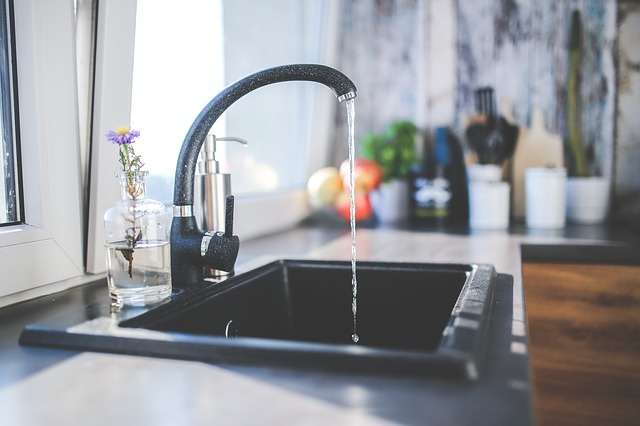In the West, we often take our water quality for granted. This vital life source is present all around us, from our faucets to the birdbaths in our gardens. Civilians often misinterpreted the accessibility of this element as security, but do they really know how safe their water is?
Nearly three-fourths of the Earth’s surface is water and only 0.3% is safe for human use. Although the water filling our sinks is typically healthy, some harmful contaminants go undetected. In 2014 our national awareness of residential water safety shifted.
Flint Water Crisis
In Flint, Michigan, the residential water supply remained contaminated with lead for 18 months. The city switched water suppliers, sourcing from a local river, which happened to be the dumpsite for General Motors manufacturing facility, meatpacking plants and more. Faucet water began to look, taste and smell unappealing, but city officials neglected to test the water.
The lack of evaluation allowed many residents to develop lead poisoning, putting their health at risk. The Flint Water Crisis is an abnormal occurrence, but it shows the importance of utilizing at-home water testing kits when unusual qualities arise.
How Water Testing Kits Work
Before testing your residential supply, it is essential to evaluate what type of water you are examining. Soft and hard water hold different properties that may affect the results of your water testing kit. To reduce this variable element, assess your water’s organic composition.
Hard water is higher in calcium, iron and magnesium, where its softer counterpart has low mineral levels. Low water pressure, a filmy layer on your hands after washing and mineral stains are consistent with hard water. Soft water produces higher water pressure and allows for a nice lather when showering and cleaning clothes.
Once you identify your residential water type, you can move on to using testing strips. You first collect different cups of water from various faucets and showerheads around your home. Then you place the strips in the cups, swirling around the water to ensure all potential contaminants make contact.
After some time, depending on the water testing kit, you remove the test strip and compare it to a provided color guide. The varying colors signify different contaminants, like dissolved solids, iron, lead, arsenic, coliform and nitrate. The extent of the results depends on the quality and specifics of the test.
Some strips identify an array of contaminants where others test for one element, like lead. Difficulty remembering or concentration, headaches, reduced sperm count and abdominal pain are signs of lead poisoning. When left untreated, the poisoning may be fatal.

Do You Need To Test Your Water?
If you or your family members are experiencing any of the symptoms listed above, it may be time to test your water. You should also evaluate contaminants in your water if:
- you experience gastrointestinal
- your home’s plumbing contains lead.
- your home has high rates of radon.
- soap does not lather then cleaning.
- you use a water softener.
- staining occurs on your plumbing fixtures.
- your water is cloudy or colored.
- your pipes corrode.
- you live in an agricultural region.
- you live near a mining site.
- you live near a gas drilling site.
- you live by a dump, junkyard, factory or dry-cleaner.
- your water tastes salty, and you live by the ocean.
- your water smells like gas, and you live near a gas station.
In general, specialists recommend that you test your water for coliform annually. You should also assess the pH level and dissolved solids every three years. Doctors recommend that pregnant women or mothers of newborns test their water for nitrate to reduce the risk of congenital disabilities and developmental delays.
Family First
Chicago and Philadelphia made the top three list of cities with the healthiest and cleanest water supplies. Rankings like this led U.S. citizens to believe that we have the best water management system with no flaws. As we witnessed in Flint, this is not always the case.
If you live in an exposed region, or you are unsatisfied with the aesthetic of your water, take matters into your own hands. Put your family’s health and safety first by testing your residential water supply.
Author Bio
Emily is a freelance writer, covering conservation and sustainability.


































